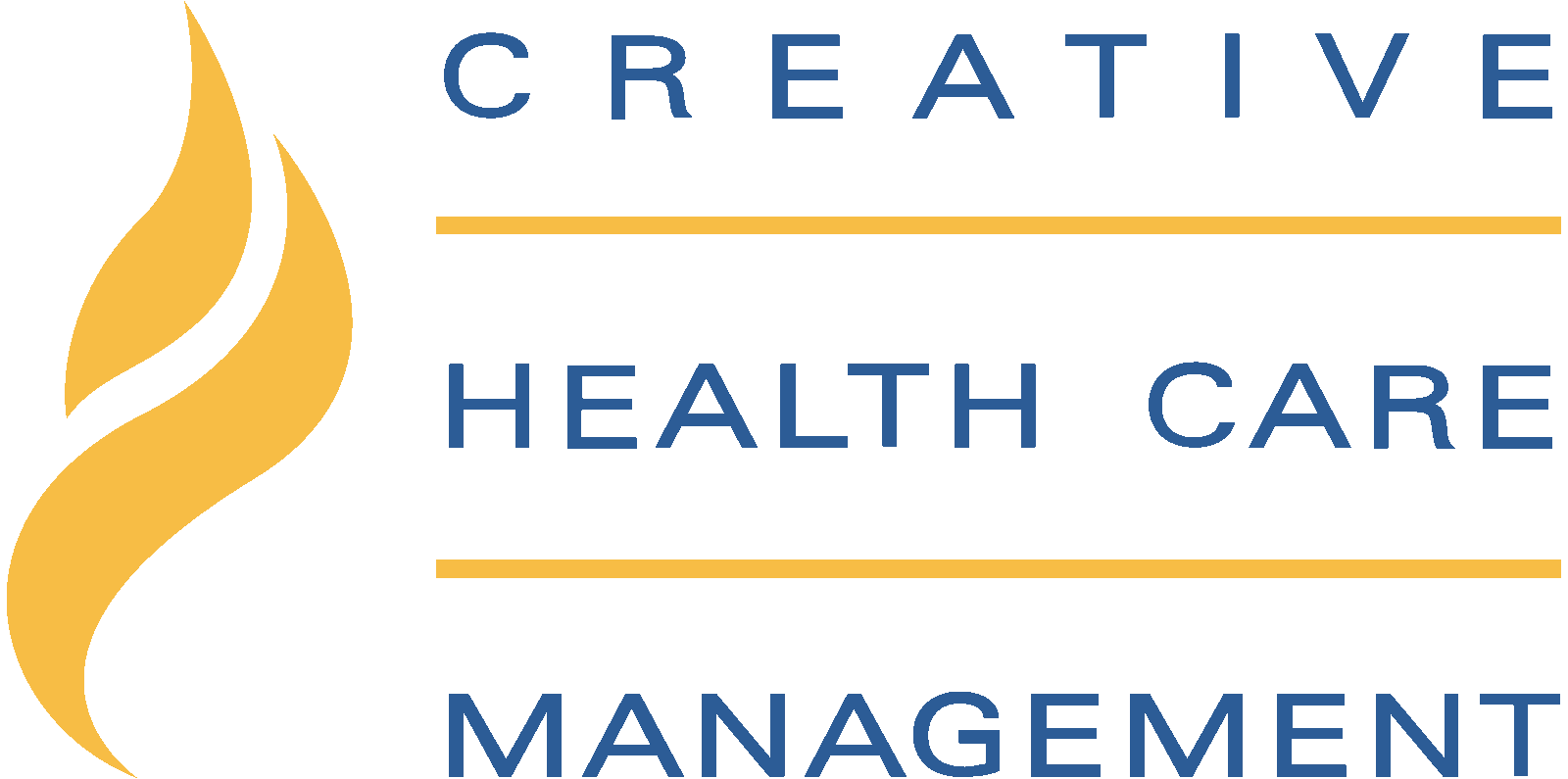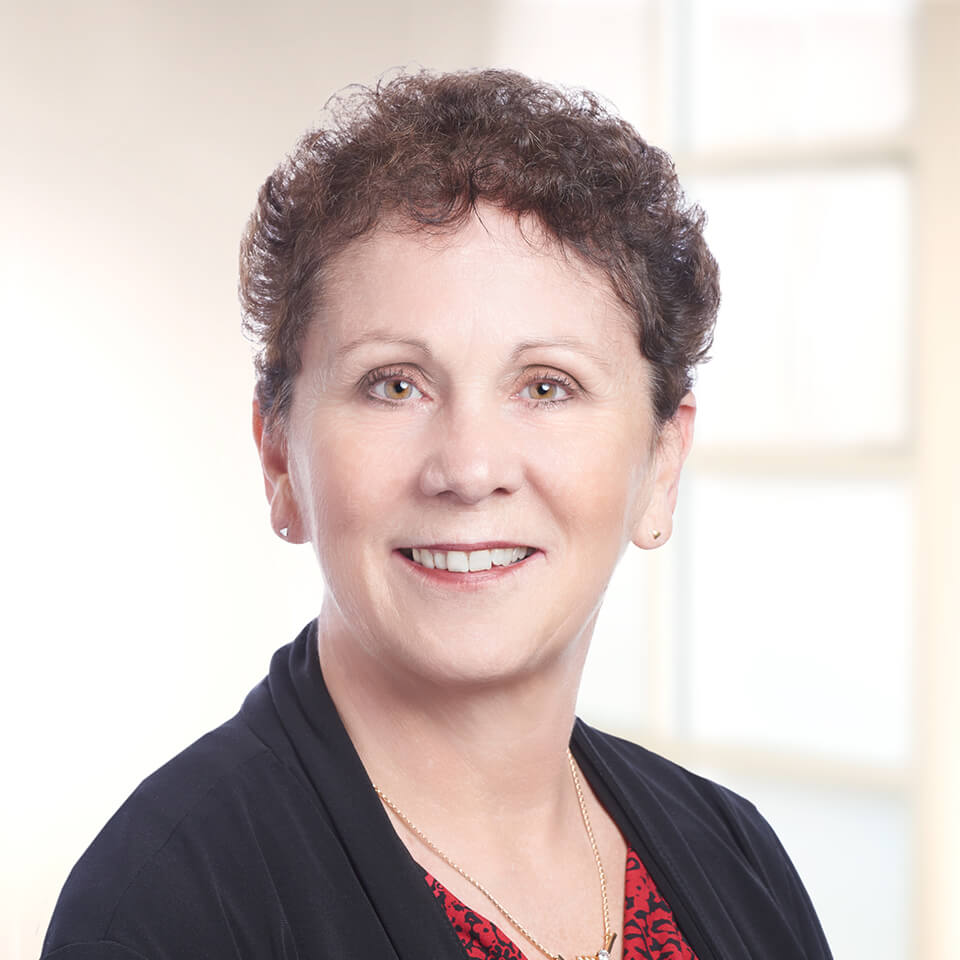In today’s health care landscape, there is no doubt that the measurement of quality and safety is not just a best practice—it is an organizational imperative. At the core of this imperative lies data. Data provides the lens through which we view performance, uncover gaps, and guides improvement strategies. But to harness the true power of data, organizations must invest in a comprehensive infrastructure that not only supports data collection and reporting, but also makes the information accessible, meaningful, and actionable.
The encouraging shift is that data is increasingly moving out from behind closed doors and into the hands of those who can make the greatest impact—those who touch patients every day. When frontline nurses and staff gain access to relevant data, their ability to understand, respond to, and most importantly, take ownership of that data becomes a catalyst for change. Ownership is the foundation of accountability and improvement. As I once said, “Data is the autograph of the work they are doing—or not doing.” This simple but powerful truth is often the tipping point, awakening health care staff to the reality that outcomes are not external—they directly reflect the care delivered.
Why Frontline Data Ownership Matters
Health care data ownership is arguably the most critical success factor in achieving and sustaining quality and safety outcomes. Yet many organizations unintentionally hinder this by presenting data in formats designed for executive review rather than frontline engagement. Metrics that resonate with senior leaders may be confusing, irrelevant, or overwhelming to bedside clinicians. When it comes to presenting data in health care, one size most certainly does not fit all. To foster real frontline staff engagement, data must be translated in a way that is intuitive and meaningful to those who will act upon it.
From Data Awareness to Action
However, focusing solely on how data is reported is not enough. While clear and relevant reports are essential, they are just the beginning. True improvement requires action—and not just any action. It requires comprehensive, iterative action plans co-created with those who will be responsible for executing them.
Plans developed without input from the clinical staff are less likely to succeed, let alone be sustained. In contrast, when bedside nurses and clinical staff are engaged from the start, they bring essential insights that make the plans more realistic, targeted, and effective.
Building a Culture of Ownership
This engagement must be ongoing and embedded into the organizational culture. Staff must feel empowered not only to understand the data but to use it as a tool to drive and sustain improvement. Data reports that resonate with them, paired with action plans they helped shape, build the foundation for true ownership. And with that ownership comes increased motivation, greater accountability, and a deeper commitment to health care excellence.
In building this culture, we would do well to remember the wisdom of an ancient Chinese proverb: “An owner in the business will not fight against it.” When caregivers see themselves as owners—not just employees—their mindset shifts. They don’t resist change; they lead it. They don’t wait for direction; they drive improvement. And in doing so, they elevate the quality, safety, and compassionate care for every patient they serve.
Want to empower your teams with actionable data? Learn how CHCM can support your organization.
Gen is driven by the desire to help clients create organizational excellence through measurable improvement. She thrives on helping others reach meaningful goals, including Magnet® designation.


